We're More than Just Farmers: Welding on the Farm
Sam Thomas inspecting worn spade
As many of the farmers in the US become more and more specialized the tendency, as in other industries, has been to outsource more and more repair jobs to contractors. Here at ICF we still do the majority of our own repairs in house and maintain the “Jack & Jill of All” mentality that American agriculture was built on. One of the trades that we are learning and gaining from is dabbling with farm welding and metal work. This year, Sam Thomas (returning crew member) designed an independent study for his UVM coursework and had the opportunity to tackle some of the odds and ends welding projects around the farm and hone some of his own welding skills.
Welding is a group of processes by which metal components can be repaired and manipulated by applying high heat to extremely localized areas. While blacksmiths of yore would heat entire components in their forges in order to pound them back together or back into shape, today farmers can use welding techniques to create a small pool of liquefied metal on the piece they are making or repairing. This ‘weld puddle,’ as it is called, ranges in size from the tip of a pen to the size of a dime. As a result, workers can quickly fill in cracks with additional steel, replace a damaged part by fusing on a new one, or even apply coating of a more durable alloy to a piece.
Worn (rounded) and repaired (rectangular) spades
This spring Sam did a number of repair and modification projects on the farm including fabricating special hooks for our irrigation pipes, replacing a jack stand on the IFEC disk harrow, and making the baskets on our cultivator narrower.
One project we are particularly excited about this year is hardfacing the spades off of our spader. The spader is finicky piece of Italian tillage equipment that takes a serious beating. As a result we have put a lot of thought into improving its durability and lowering its cost of maintenance. Hardfacing is a really useful method by which layers of new more durable steel are laid down across a surface that is prone to abrasive wear. This is key in the Intervale as our sandy soils wear metal away pretty quick. For this project Sam added strips of steel alloy that is high in chromium, manganese and carbon to the edges of our spades. These three elements, when added to steel, make it significantly more durable; the draw back is that pieces made with such alloys are really brittle and prone to cracking (just as a cast iron skillet is high in carbon and would crack easily when dropped.) However, when we use such an alloy as a coating we can take advantage of its durability without risking large cracks forming in the implement.
Repaired spade
The end result is rows of what look like stacks of dimes pushed over and arranged across the vulnerable surfaces of our spades. It may not be the slickest looking tool in the yard but we’re hoping it’ll make for a longer lasting spade.
One final note of intrigue and farm safety: If you’re around the farm and see welding signs posted on our shop doors, please be sure to knock before you poke your head in. The electrical arc that is most used to melt metal reaches temperatures of 10,000 degrees Fahrenheit: the same temperature range found on the surface of our sun! As a result looking at a welding arc can be just as damaging to your eyes as staring at the sun.
